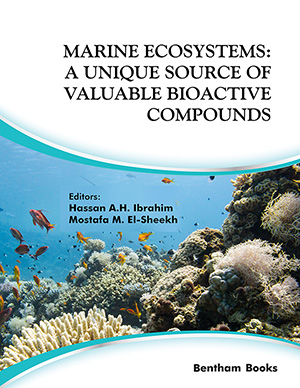Abstract
The marine ecosystem is the greatest of all ecosystems. Marine ecosystems
cover approximately seventy-one percent of the Earth's surface; moreover, they contain
approximately ninety-seven percent of the planet's water. Thirty-two percent of the
world's net primary production is generated by them. There are many marine
ecosystems environmental problems, which include marine pollution, unsustainable
exploitation of marine resources (as overfishing to certain species), building on coastal
areas, and climate change. From the trophical standpoint, a marine ecosystem has two
groups of components: autotrophic components and heterotrophic components. The
primary or basic productivity of an ecosystem could be defined as the storing rate of
radiant energy by producers (chemosynthetic and photosynthetic) activity as an organic
substance that can be utilized as food. The productivity of marine ecosystem greatly
refers to the organic matter production by producers or autotrophs “phytoplanktons and
algae,” the produced organic carbon is supplied to “heterotrophs,” which obtain their
energy only from the organic matter respiration. There are many carbon-nested cycles
associated with marine productivity including Grass and Net Primary Productivity
(GPP and NPP, respectively) as well as Net community and Secondary productivity
(NCP and SP, respectively). Fisheries depend on secondary productivity; thus they rely
on both Net primary productivity and the organic matter transferring efficiency to the
food web. Environmental factors as well as the change of climate may strongly impact
NPP in many ways that rely on the regional as well as local physical settings,
ecosystem structure, and functioning medium.
Keywords: Fisheries, Habitats, Human, Marine, Productivity.






















